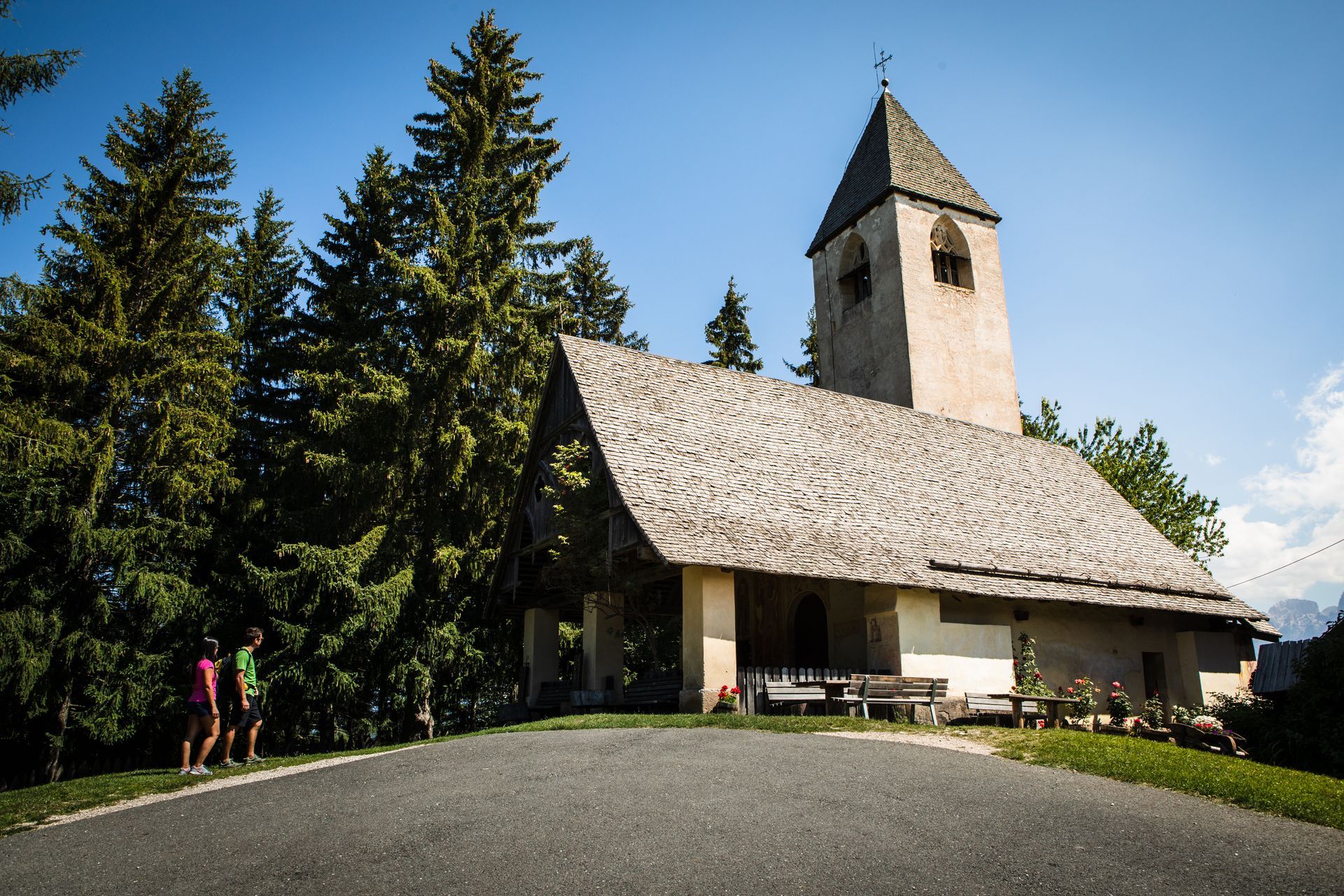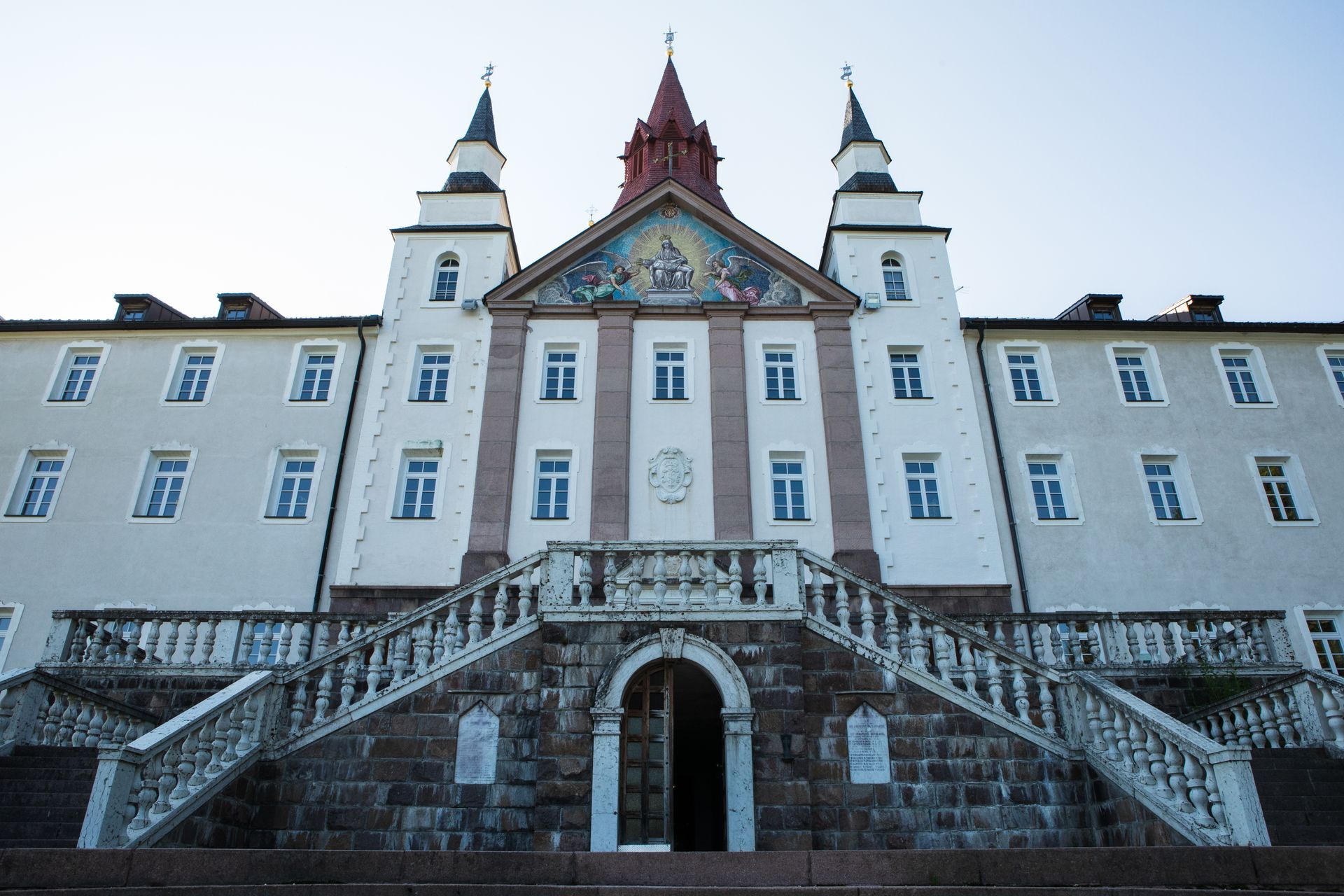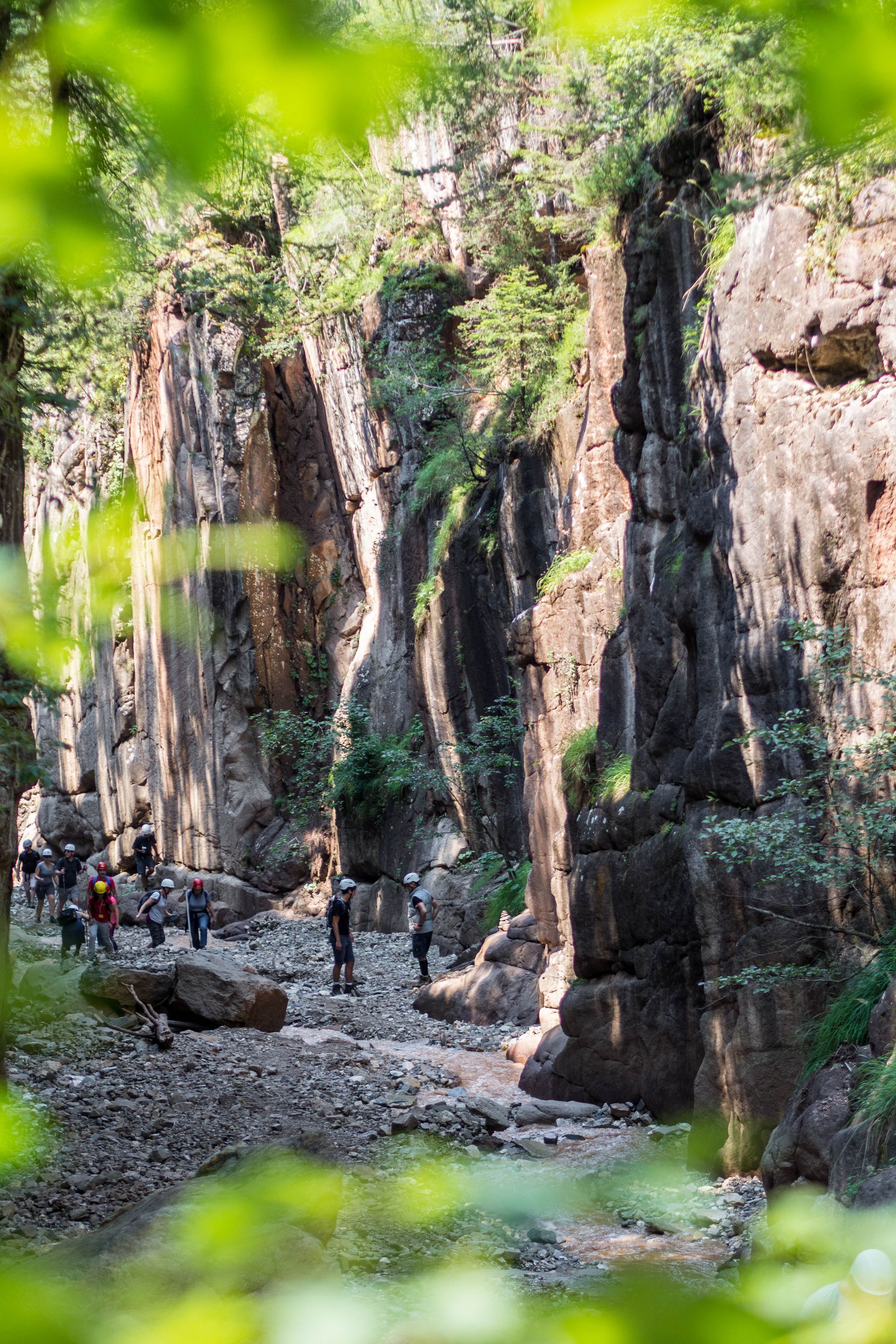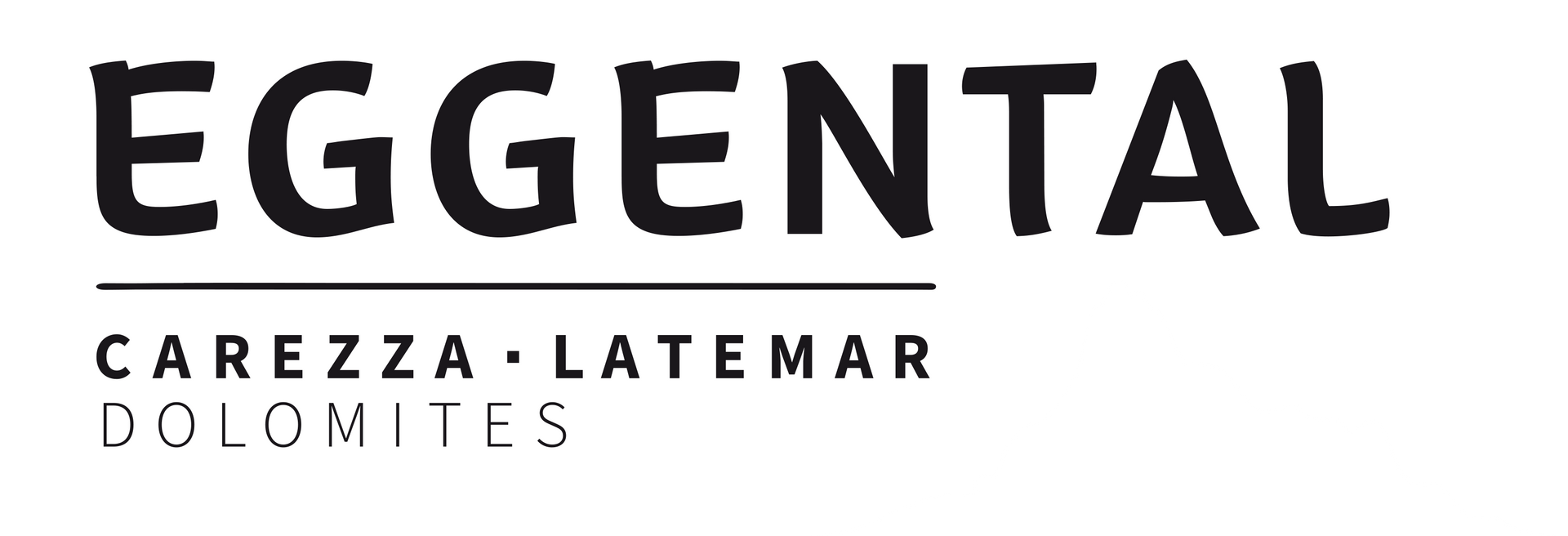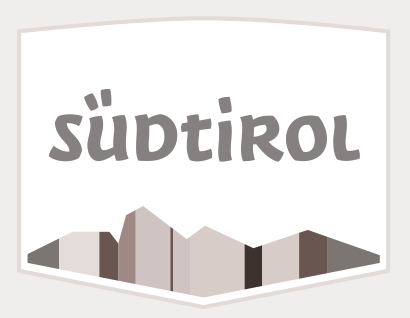Cultural highlights in Eggental Valley and South Tyrol
Sightseeing in Deutschnofen and South Tyrol
Here is a small selection
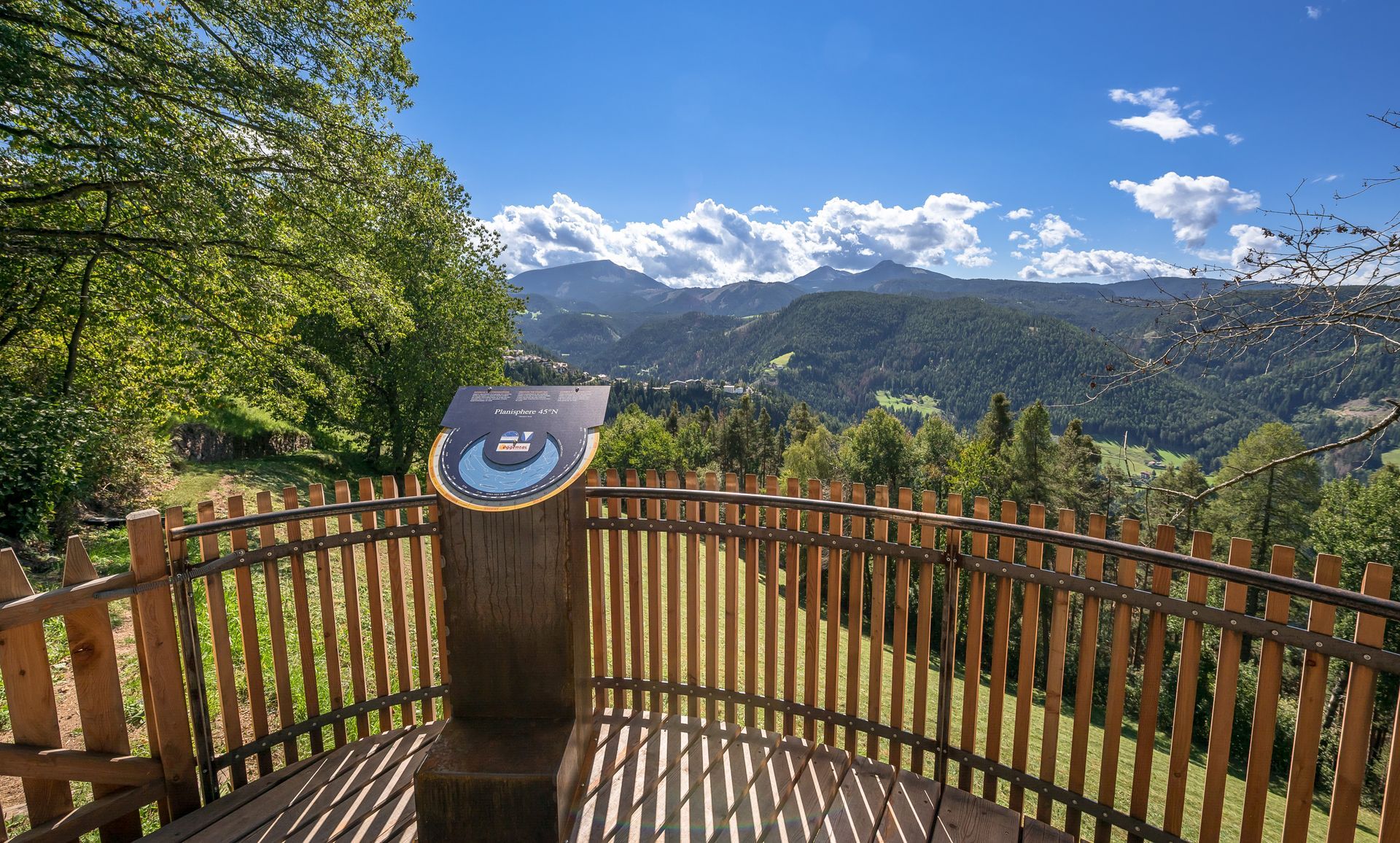
Planetarium in Gummer im
Eggental Valley
Lovers of space, planets and the mysteries of infinity, can satisfy some of their desire to learn more about all this, thanks to the Planetarium South Tyrol, a structure that is located in the centre of the village of Gummer in Eggental Valley and offering the chance to admire the infinite universe.
The planetarium in Gummer is the only one of its kind in South Tyrol. Since the summer of 2013, it has been showing visitors to the star village of Gummer, in addition to the Max Valier Observatory, impressive images from outer space.
Planetaryarium & Observatory Max Valier
The “Max Valier” observatoriy is located in the holiday area Rosengarten-Latemar at Gummer/Steinegg.
The observatory consists of a cupola of 6 m, which contains a mirror telescope, a viewing deck, where one can position various small telescopes as well as a lecture room. For all those who would like to know more about the telescopes:
There you go with some data:
- Panoramic location at the entrance to the Dolomites
- Mirror telescope by Astrooptik Keller (80 cm Cassegrain f10 / f6, friction drive);
- Lense-telescope by Takahashi (152 mm APO-Refractor, f6).
- Observation terrace
- Planetary trail 7 km through a charming landscape
Churches & Chapels
Parish Church of the Saints Ulrich and Wolfgang
The parish church of Deutschnofen is a splendid example of late-Gothic architecture and is now 500 years old (first documented mention). Of the original church, only the lower part of the Romanic bell tower (which was raised in the Gothic style in 1555) has survived. In 1793, lightning damaged the church and destroyed the pyramidal spire, after which the tower was given an octagonal tambour and dome, thus acquiring its current appearance. The church is home to the famous altar by Hans von Judenburg. The church is open daily from 8:00 a.m. till 6:00 p.m. and may be entered for viewing.
The Gothic Chaple of St. Helena in Deutschnofen
The richly adorned frescoes of St. Helena church, completed around 1400, are a major art project of the Bozen painting school. Art historians note that there is a close relationship between these paintings and the wall paintings in the parish church of Terlan and St. Katharina church in Völser Aicha. The Niederthor court of arms in the triumphal arch gives a clue as to the origin of the paintings: This family may have placed an order for the paintings, as it did for the paintings in Terlan. The Niederthor emblems had been painted over for a long time. They were uncovered in 1885 and partly restored in 1938. The façade depicts St. Helena, St. Christopherus and a crucifixion scene. On the south wall, toward the apse (semicircular recess of the altar), you can see Mary with the child and the three holy virgins Katharina, Barbara and Margareth..
Pilgrimage Maria Weißenstein
The history of this pilgrimage site dates back to the year 1553, when Leonhard Weissensteiner had a vision of the virgin Mary, who healed him of his sickness. She said that he should show his gratitude by building a chapel, where believers can come and entreat her for help in times of trouble.
Since the original chapel quickly turned into a crowded pilgrimage site, it was necessary to build a real church. Thus, the church was built in 1673. 1719 -1722, the church was renovated by the architects Johann Martin Gump and Agostino Maria Abfalterer. In 1753, Giuseppe Dellai renovated it again and gave it a stronger baroque style. Emperor Josef II issued an edict to abolish the Weissenstein monastery, tear down three towers and auction off the entire inventory. In 1800, reconstruction of the building was started again.The basilica in baroque style was completed in 1654. It is part of the façade of the monastery, cared for today by friars of the Servite Order.
Pope John Paul II visited the Weißenstein Monastery in July 1988.
CHURCH OPENING HOURS:
7.30 - 19.00 without interruption (all year round)
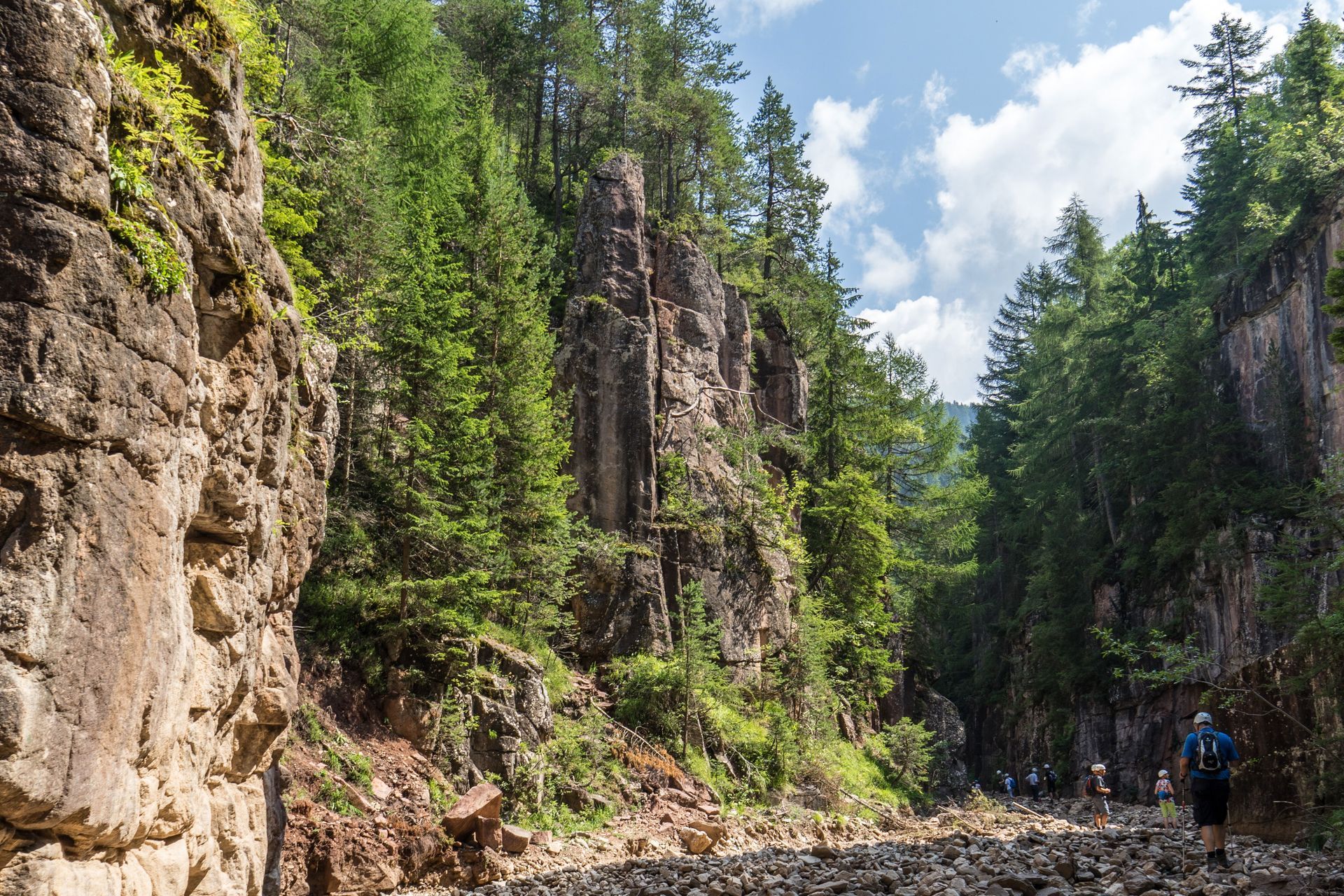
Museums & Castles
Thurn Castel and the Village Museum
Schloss Thurn houses the regional museum of Deutschnofen. The precious collection of religious works of art is housed in the tower of Thurn Castle (13th cen.), which was formerly the law court building and today serves as the Deutschnofen (Nova Ponente) town hall. The exhibit includes altar pieces (16th cen.), paintings, and early Baroque statues of saints. The visitor can also view consecration documents, prehistoric discoveries, and a description of the history of settlements in the area of Deutschnofen.
Karneid Castel
Karneid Castle surmounts an almost vertical cliff, proudly and menacingly guarding over the entrance to the Eggental valley. It is the main landmark of the municipality of Cornedo/Karneid and one of South Tyrol’s finest castles, worth visiting for its long and eventful history and because it is so well preserved.
The castle can only be visited in the context of guided tours, taking place on Fridays in April, May, June, September and October at 3pm and 4.30pm.
Geoparc Bletterbach
The Bletterbach gorge stretches from the Weisshorn, between the villages of Aldein and Radein. Over millions of years, the Bletterbach stream has carved out a deep canyon there.
Since summer 2009, the Bletterbach Gorge has been a UNESCO World Heritage Site together with the Dolomites (Rosengarten, Latemar).
The GEO Museum, which displays fossils from the area, is located in Radein. Opposite the canyon is the "GEOPARC Bletterbach Visitor Centre".
The visitor centre can be reached by car from Deutschnofen in the direction of Aldein or on foot via the hiking trail to Maria Weißenstein, Schönrast-, Schmieder- and Lahneralm.
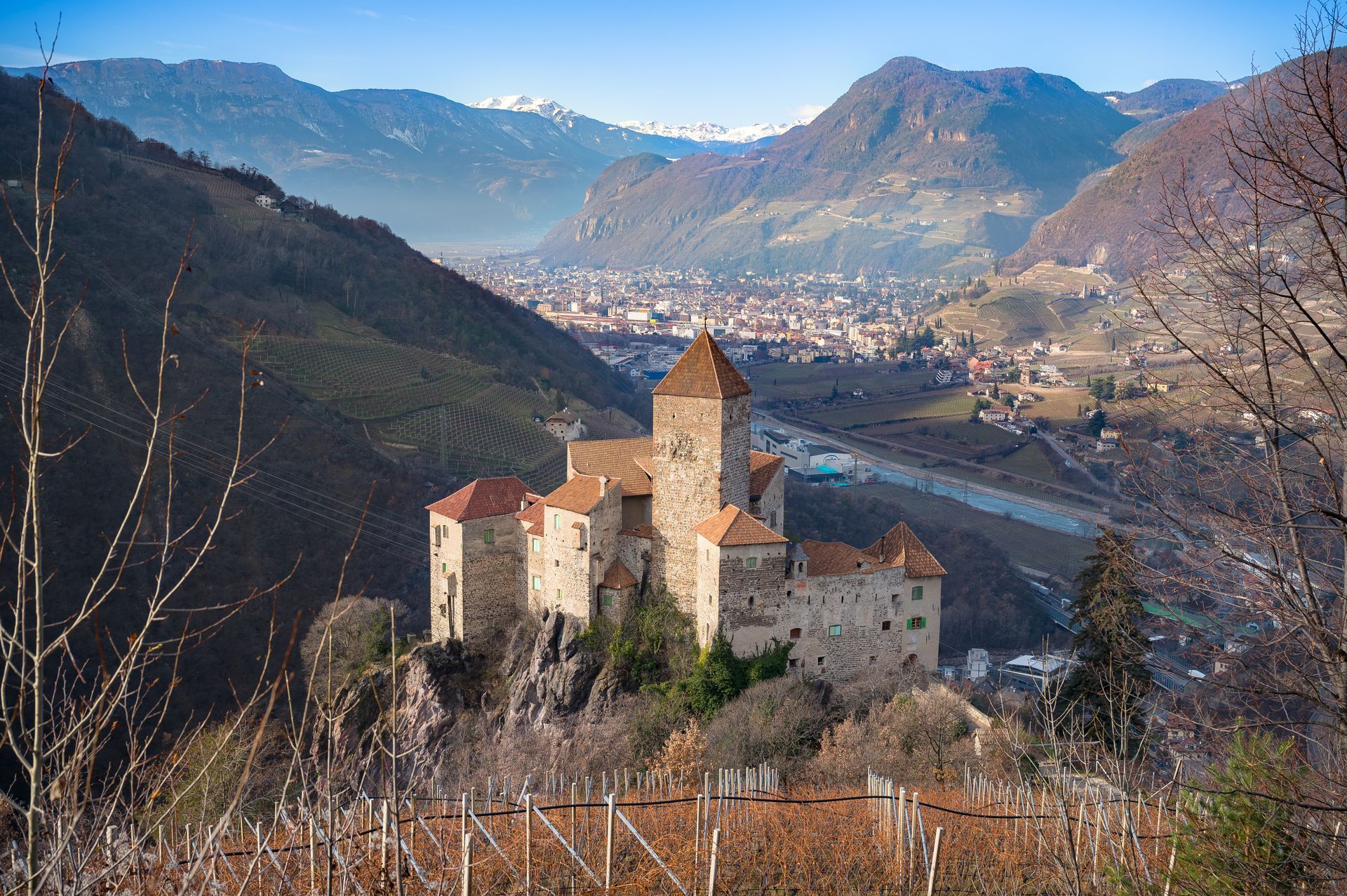
South Tyrol Museum of Archaeology in Bozen
Ötzi the Iceman. Ötzi and his artefacts have been exhibited at the South Tyrol Museum of Archaeology in Bolzano, Italy since 1998. Why is Ötzi so fascinating? We experience Ötzi almost like a time traveller.
Messner Mountain Museum Firmian in Bozen
As the centrepiece of the Messner Mountain Museum, MMM Firmian in Sigmundskron Castle near Bozen addresses the subject of man’s encounter with the mountains. In a setting dominated by the various peaks between the Schlern and the Texel range, the museum is spacious enough to be organised as an itinerary between the various works of art, installations and relics that it houses. The paths, stairs and towers lead visitors form the depths of the mountain, where their origins and exploitation are brought to life, and the religious significance of the peaks as an aid to orientation and a bridge to the beyond, to the history of mountaineering and the alpine tourist industry that we know today. Annual exhibitions are also held.
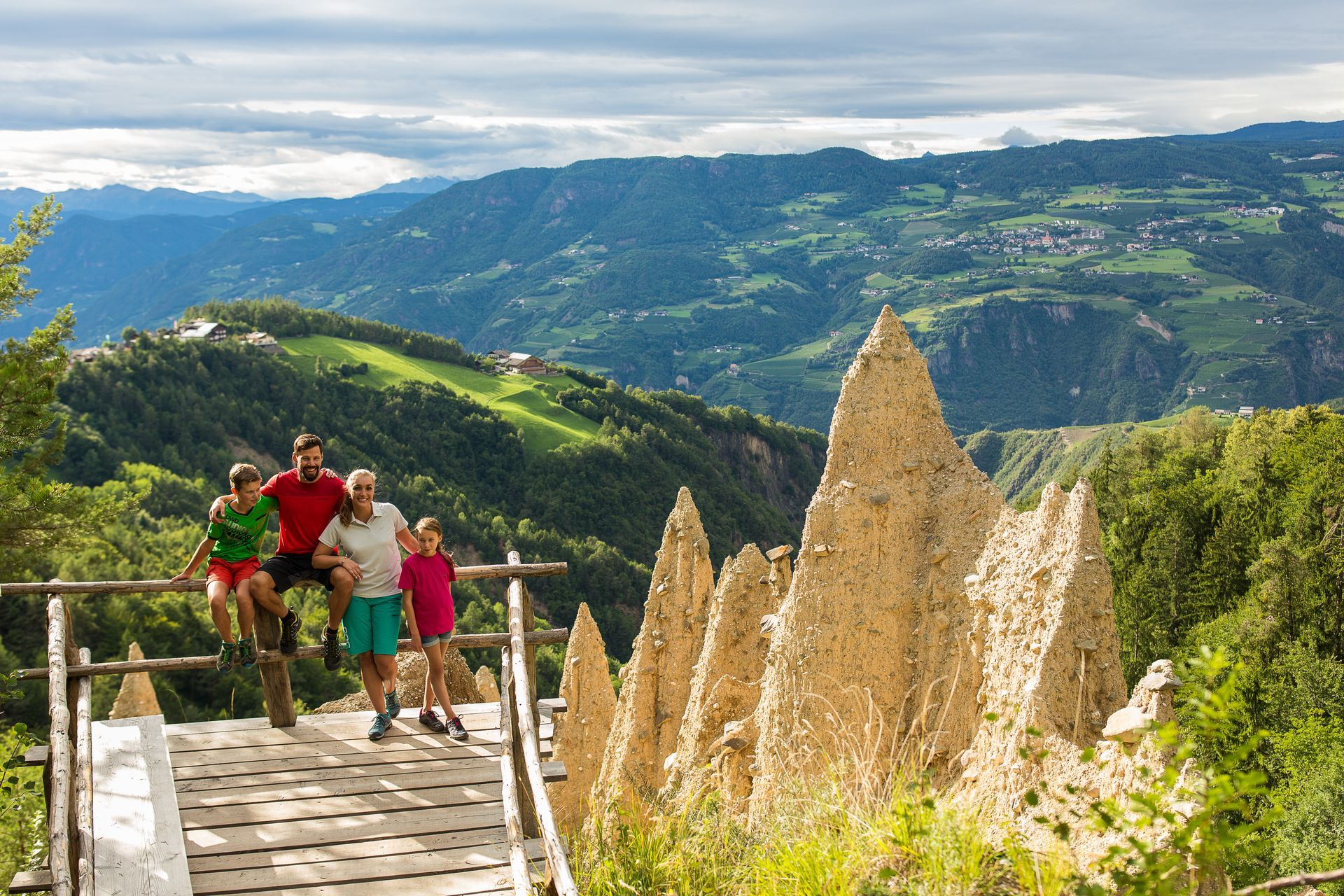
Popular destinations
- Lake Kaltern
- Sigmundskron Castle
- Trauttmansdorff Castle Meran
- Earth Pyramids
- Lake Garda
- Verona
- Venice




